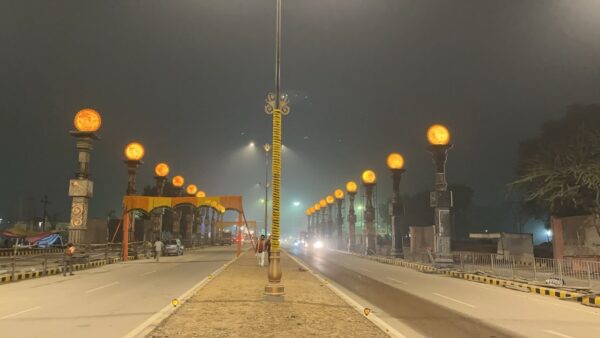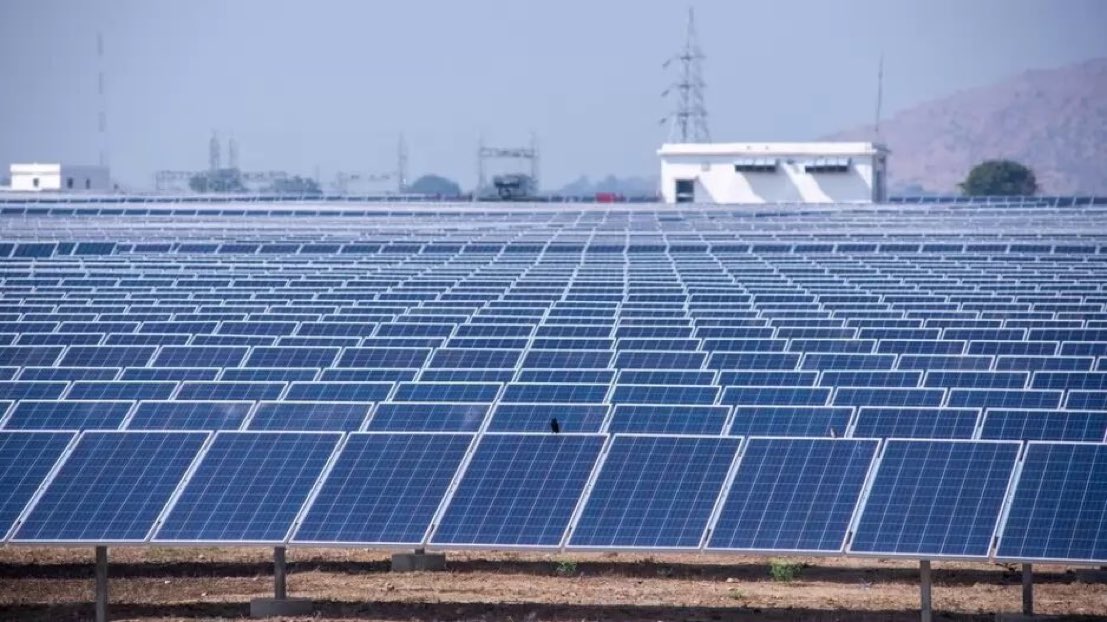Ayodhya is set to emerge as the maiden solar city of the Indian state of Uttar Pradesh, marking a harmonious blend of spirituality and sustainable energy initiatives. Spearheaded by the Uttar Pradesh New and Renewable Energy Department (UPNEDA), this ambitious project encompasses the development of solar parks, solar-powered boats, street lights, and the widespread adoption of solar energy in public transport. The government buildings will also be solar-powered.
As a part of the Solar City program, Ayodhya will also host a 40 MW solar power plant over 165 acres of identified land. The ambitious project is well underway, with a 10 MW plant already commissioned and the full 40 MW capacity expected to be operational by March 2024. The project is being developed by NTPC Green Energy with Jakson Green as the EPC provider.
As a part of the broader framework outlined in Uttar Pradesh’s Solar Energy Policy 2022, Ayodhya is set to pioneer solar innovation, serving as a model for 17 municipal corporations, including Noida.

UPNEDA
The multifaceted plan involves strategically developing solar parks along the banks of the Saryu River and extends beyond infrastructure to include the adoption of solar energy in public transport, enhancing the city’s eco-friendly mobility.
“Ayodhya’s solar initiative transcends mere technological deployment and encompasses public spaces, with the installation of solar-powered mobile phone charging setups, ensuring convenient access to clean energy. The promotion of solar energy for domestic and household purposes signifies a comprehensive approach to integrate sustainable practices into the daily lives of Ayodhya’s residents,” stated UPNEDA.
“The establishment of a 50-kilowatt off-grid solar power plant in the Bhairo Singh Gaushala, showcases Ayodhya’s dedication to harnessing solar energy across diverse sectors. Solar-powered water kiosks have been set up to ensure access to clean and sustainable water sources.”
A total rooftop solar capacity of 1,073 kW has been established on residential, commercial, and industrial buildings. This initiative, coupled with extensive outreach and 80 camps, aims to encourage widespread adoption of solar power and avail the benefits of the program.
Under the Babu Ji Kalyan Singh Gram Unnati Yojna for solar street lights, the target of 200 lights has been achieved. The state government is eyeing a world record of installing the longest line of solar-powered street lights in the temple town of Ayodhya. Determined to increase the use of renewable and green energy resources in Ayodhya, UPNEDA will install 470 solar-powered lights covering a stretch of 10.2 km connecting Guptar Ghat to Laxman Ghat. Once the lights are installed, the state government would approach the Guinness World Records for inspection before declaring the stretch as the longest solar-powered street in the world.
This content is protected by copyright and may not be reused. If you want to cooperate with us and would like to reuse some of our content, please contact: editors@pv-magazine.com.









By submitting this form you agree to pv magazine using your data for the purposes of publishing your comment.
Your personal data will only be disclosed or otherwise transmitted to third parties for the purposes of spam filtering or if this is necessary for technical maintenance of the website. Any other transfer to third parties will not take place unless this is justified on the basis of applicable data protection regulations or if pv magazine is legally obliged to do so.
You may revoke this consent at any time with effect for the future, in which case your personal data will be deleted immediately. Otherwise, your data will be deleted if pv magazine has processed your request or the purpose of data storage is fulfilled.
Further information on data privacy can be found in our Data Protection Policy.